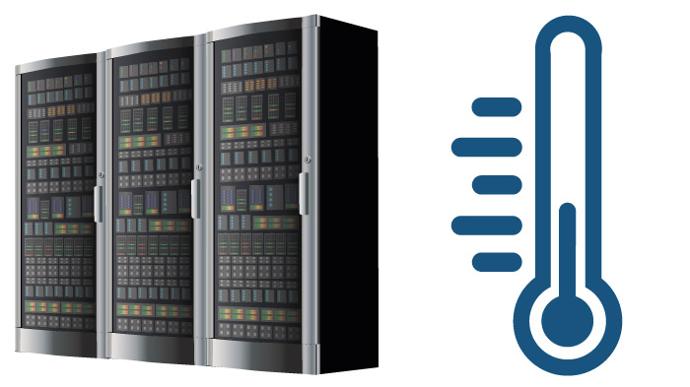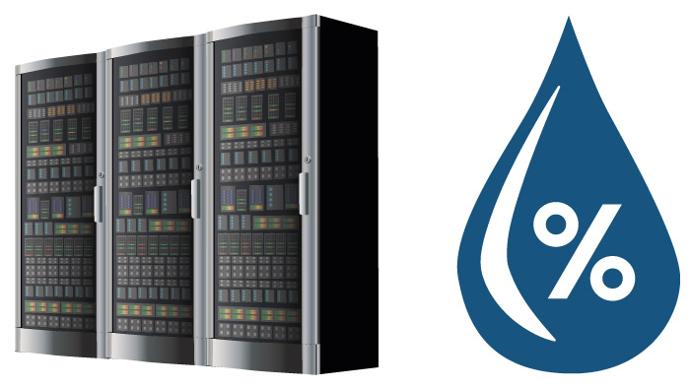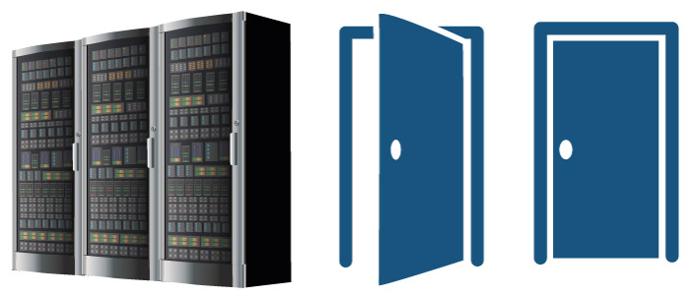IoT solution server room monitoring
Security in the server room is crucial for a company as it is where confidential data, customer information, business processes and critical applications are stored. A secure server protects against data loss, cyber-attacks and financial damage, increasing customer confidence and ensuring business success.
Server room requirements
Firstly, air conditioning is crucial. Servers generate heat during operation and adequate cooling is required to prevent overheating. The room temperature should be kept between 20°C and 25°C to ensure an optimal operating environment.
Secondly, humidity is important. The ideal humidity in the server room is between 40% and 60%. Too high humidity can lead to condensation and corrosion, while too low humidity favours electrostatic discharges that can damage hardware.
Thirdly, security is an important aspect. Access to the server room should be restricted to authorised personnel to prevent unauthorised access. With real-time monitoring and notifications, unauthorised access or openings can be detected, enabling rapid response and minimising potential security risks.

What can server room monitoring look like?

Server room temperature monitoring
Server room temperature monitoring with IoT sensors enables precise, remote monitoring of the room temperature. The sensors continuously collect data and send it to an IoT platform via IoT connectivity. Administrators receive real-time notifications of temperature deviations and can initiate automated actions such as adjusting the temperature of the air conditioning if necessary to ensure an optimal environment for the servers. This efficient monitoring helps to prevent overheating and failures, optimise server performance and increase security in the server room.

Server room humidity
Monitoring humidity in server rooms is also an ideal use case. LoRaWAN sensors with humidity measurement, for example, collect precise data and send it to the desired IoT platform even through walls. Either alarm messages are issued to notify the person responsible or, alternatively, the building automation system is given the trigger to adjust the ventilation. Either way, condensation and electrostatic discharges are prevented to avoid server failures and data loss.
How can a reed contact be used for doors and windows?
A reed contact of a door and window sensor can be used in server rooms to detect unauthorised access. The sensor is attached to the door or window. When the door/window contact is opened, it sends a signal to the monitoring system. The advantage of sensors that only register the opening, as opposed to a camera, is that a LoRaWAN sensor is significantly cheaper. On the other hand, the rights of employees are not affected, as it only registers that a door has been opened and no image is recorded. If you would like to find out more about door and window sensors, take a look at our IoT door and window monitoring solution.
zu den Tür- und Fenstersensoren
Products for the IoT solution Server room monitoring
Would you like advice on server room monitoring?
Interested in server room monitoring? Feel free to contact us! Our IoT experts are available to answer your questions and help you put together the optimal IoT solution. We look forward to hearing from you!


